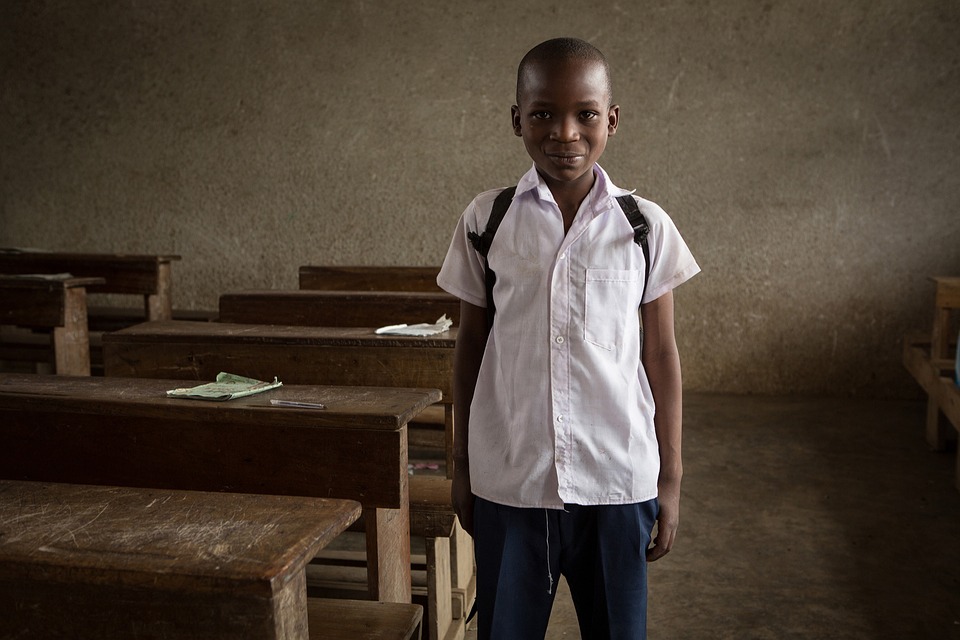Creating Inclusive Learning Environments for Students with Disabilities
The Importance of Inclusivity
Inclusion is a key component of creating a supportive and effective learning environment for all students, including those with disabilities. When students with disabilities are included in the classroom, they have the opportunity to learn alongside their peers, develop friendships, and participate in all aspects of school life. Inclusive classrooms also help to promote diversity, empathy, and acceptance among all students.
Understanding Individual Needs
One of the first steps in creating an inclusive learning environment for students with disabilities is to understand and accommodate their individual needs. This may involve meeting with the student and their parents or caregivers to discuss their unique challenges and strengths, as well as working with special education professionals to develop a personalized learning plan.
Providing Assistive Technology and Resources
Assistive technology can be a valuable tool for students with disabilities, as it can help them access information, communicate, and participate in the classroom more effectively. Providing access to assistive technology such as screen readers, speech-to-text software, and adaptive keyboards can help students with disabilities succeed in the classroom.
Creating a Supportive Classroom Environment
Inclusive classrooms should be welcoming and supportive environments where all students feel respected and valued. Teachers can promote inclusivity by encouraging students to work together, fostering collaboration and communication, and creating opportunities for students to share their unique experiences and perspectives.
Implementing Universal Design for Learning
Universal Design for Learning (UDL) is a framework that promotes the inclusion of all students by providing multiple means of representation, engagement, and expression. By implementing UDL principles in the classroom, teachers can create flexible learning environments that meet the diverse needs of all students, including those with disabilities.
Encouraging Peer Support and Collaboration
Peer support and collaboration are important aspects of creating an inclusive learning environment for students with disabilities. By encouraging all students to work together and support one another, teachers can help create a sense of community and belonging in the classroom. Peer support can also help students with disabilities develop social skills and self-confidence.
Providing Accommodations and Modifications
Accommodations and modifications can help students with disabilities access the curriculum and participate in classroom activities. Teachers can provide accommodations such as extended time on tests, preferential seating, and additional supports to help students with disabilities succeed in the classroom. It is important to work closely with special education professionals to identify and implement appropriate accommodations for each student.
Developing Individualized Education Plans
Individualized Education Plans (IEPs) are legal documents that outline the specific goals, accommodations, and services that are needed to support students with disabilities. By developing and implementing IEPs for students with disabilities, teachers can ensure that each student receives the support they need to be successful in the classroom.
Continuing Professional Development
Creating an inclusive learning environment for students with disabilities requires ongoing professional development for teachers and staff. By staying up-to-date on best practices in special education, assistive technology, and inclusive teaching strategies, educators can better support students with disabilities and promote a culture of inclusivity in the classroom.
Conclusion
Creating inclusive learning environments for students with disabilities is essential for promoting diversity, empathy, and acceptance in the classroom. By understanding individual needs, providing assistive technology and resources, and fostering a supportive classroom environment, teachers can help all students succeed and thrive. With ongoing professional development and a commitment to inclusivity, educators can create learning environments where every student feels valued and supported.
